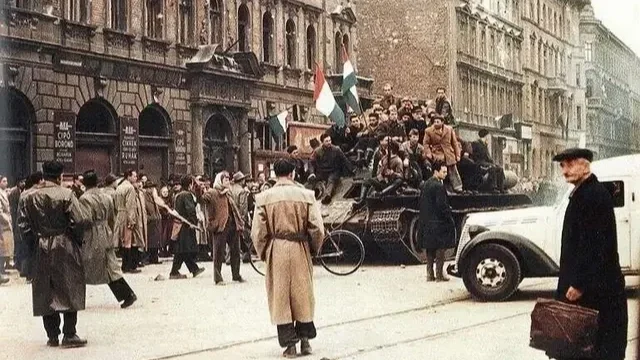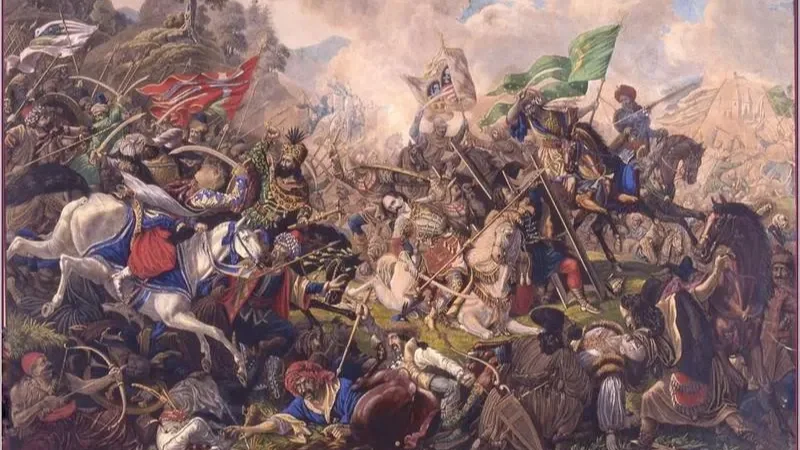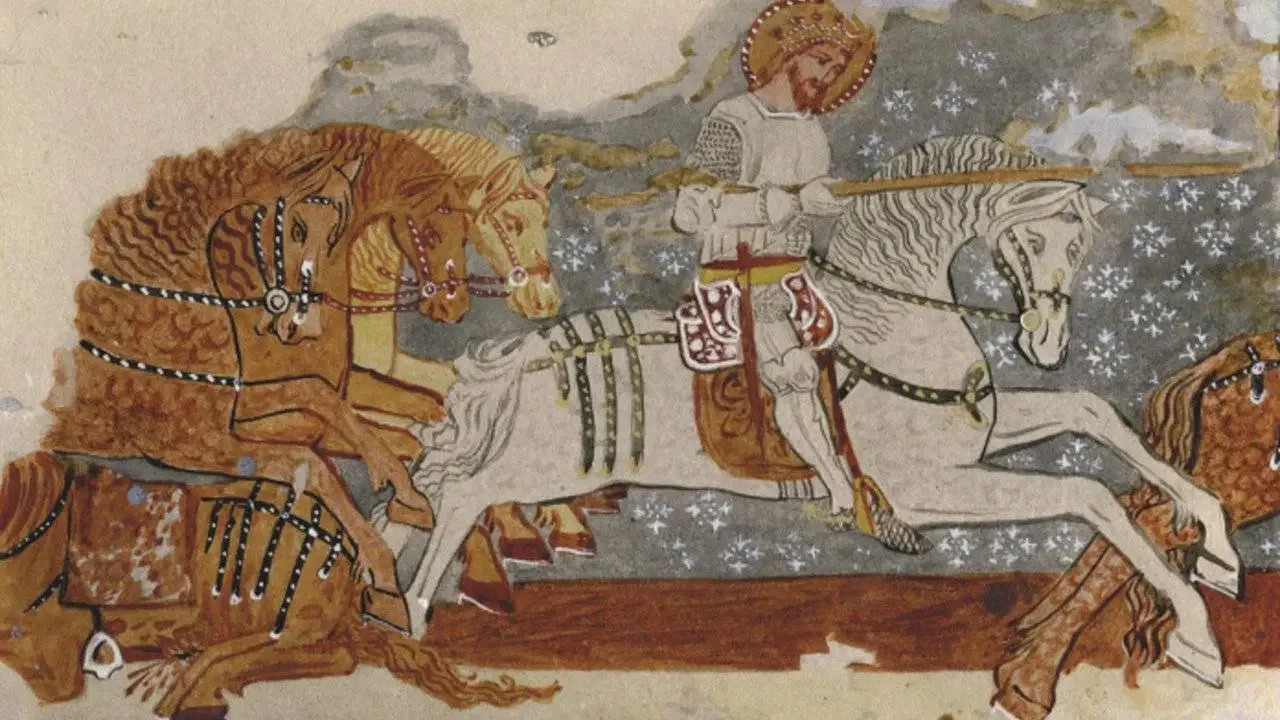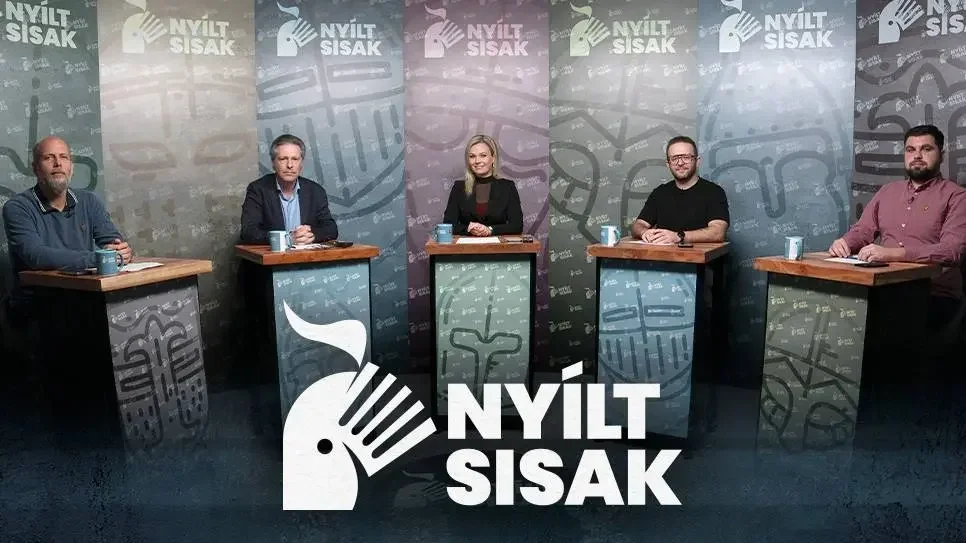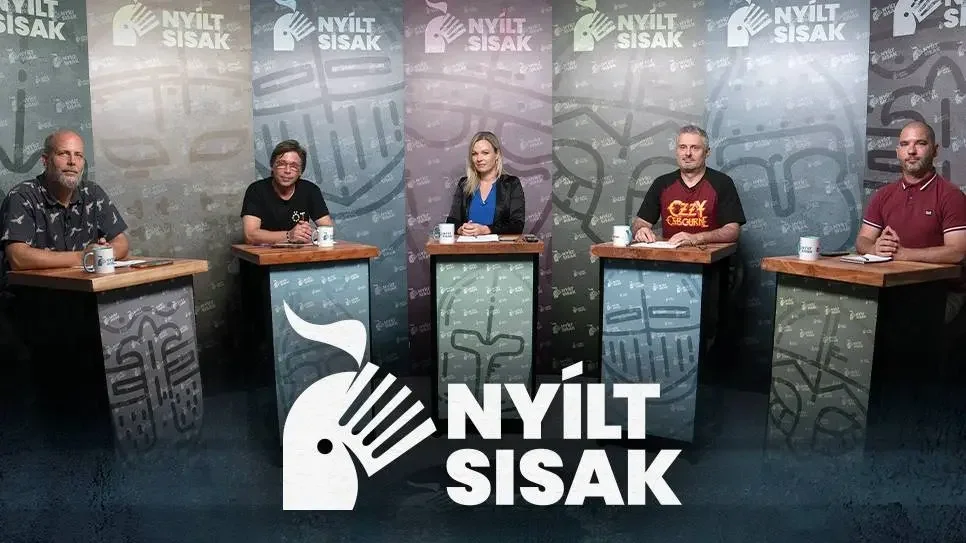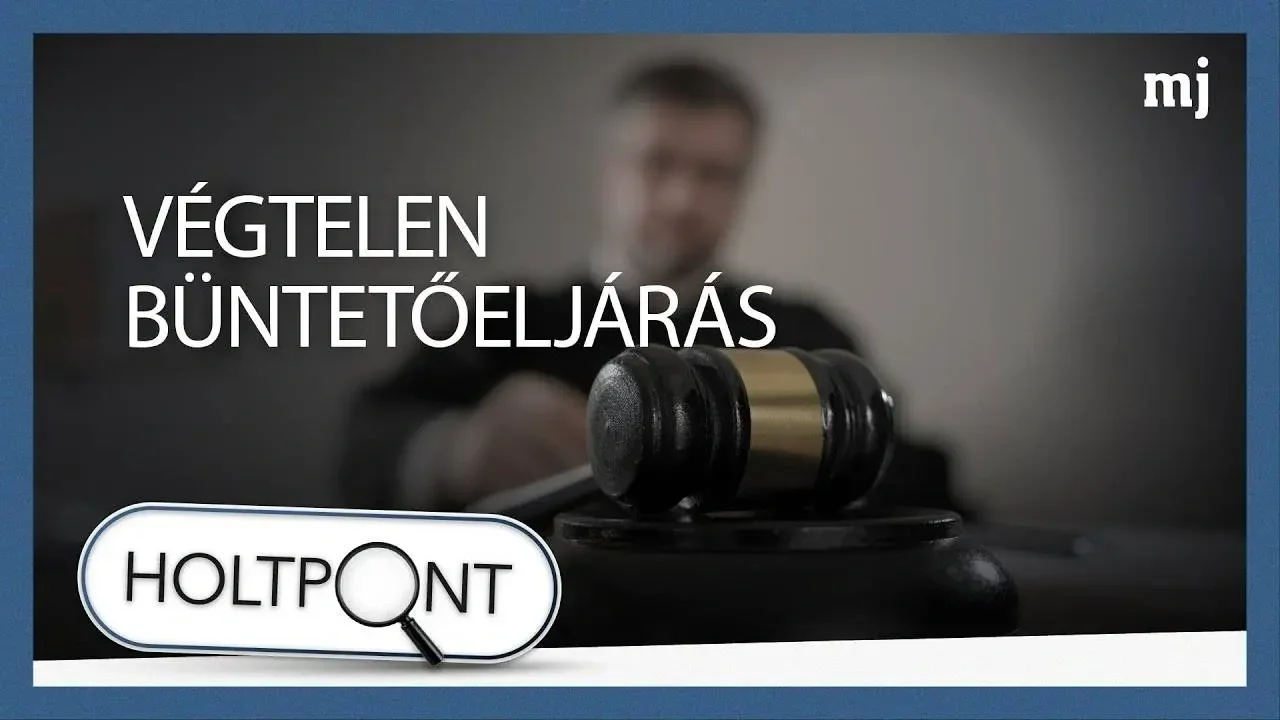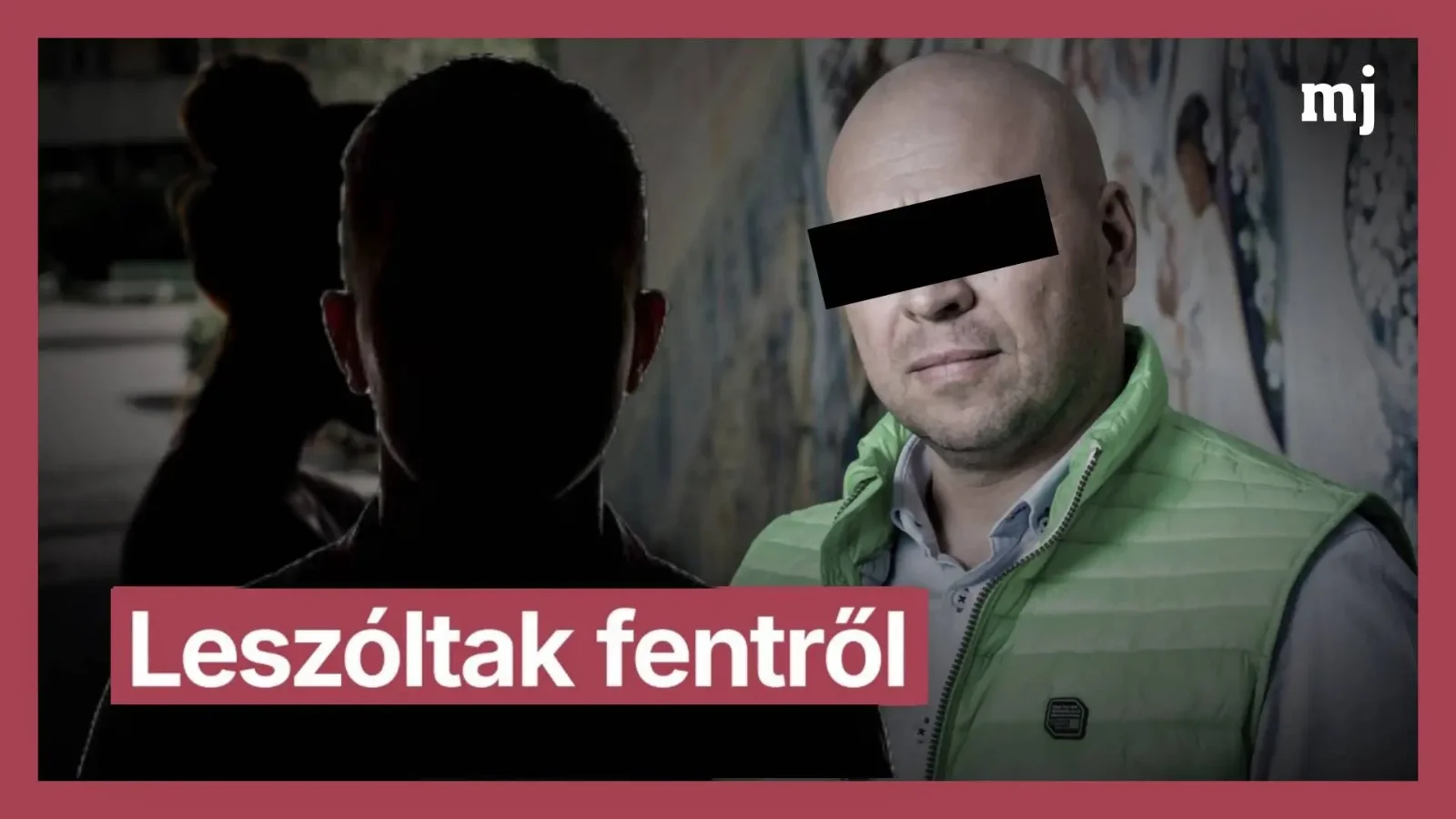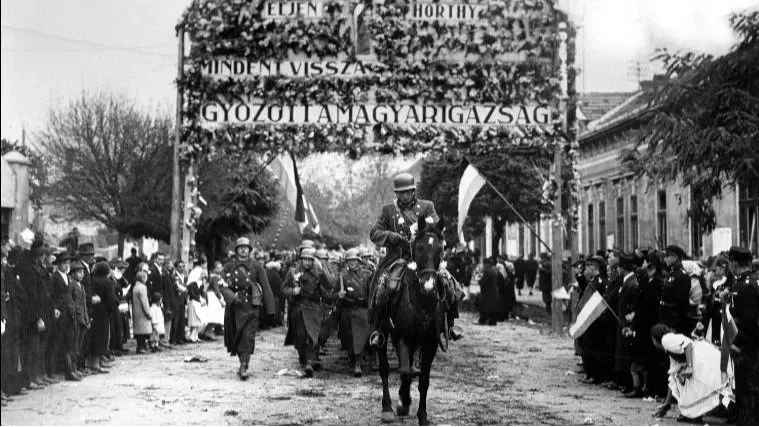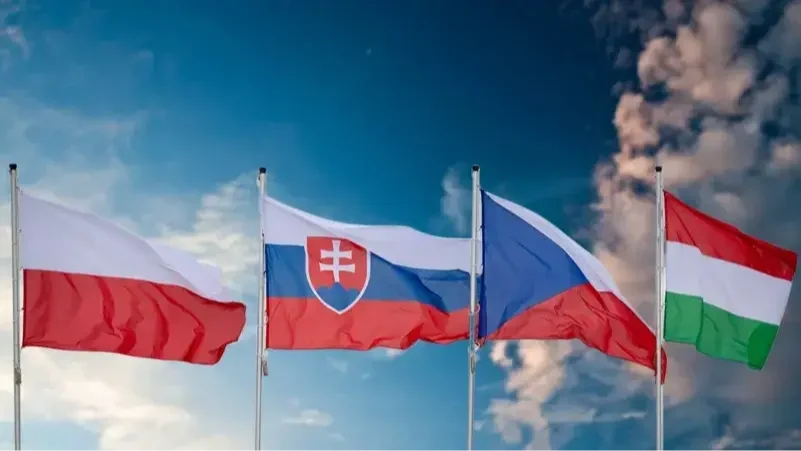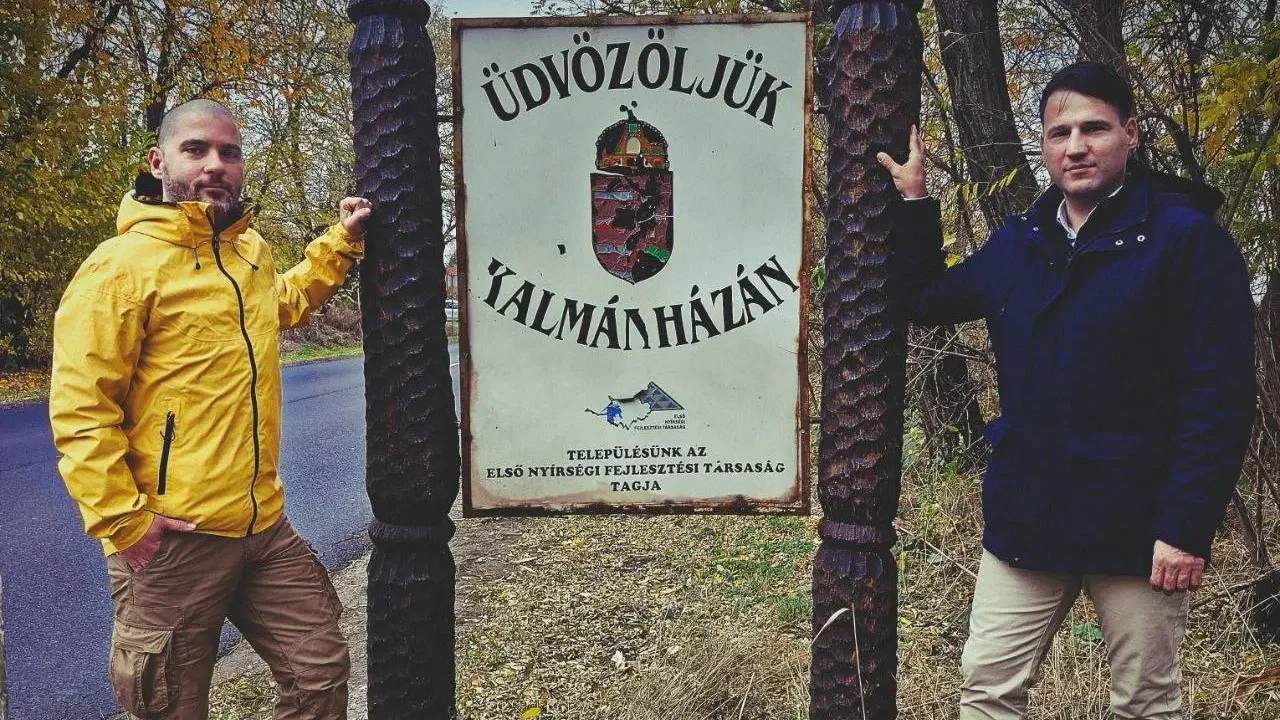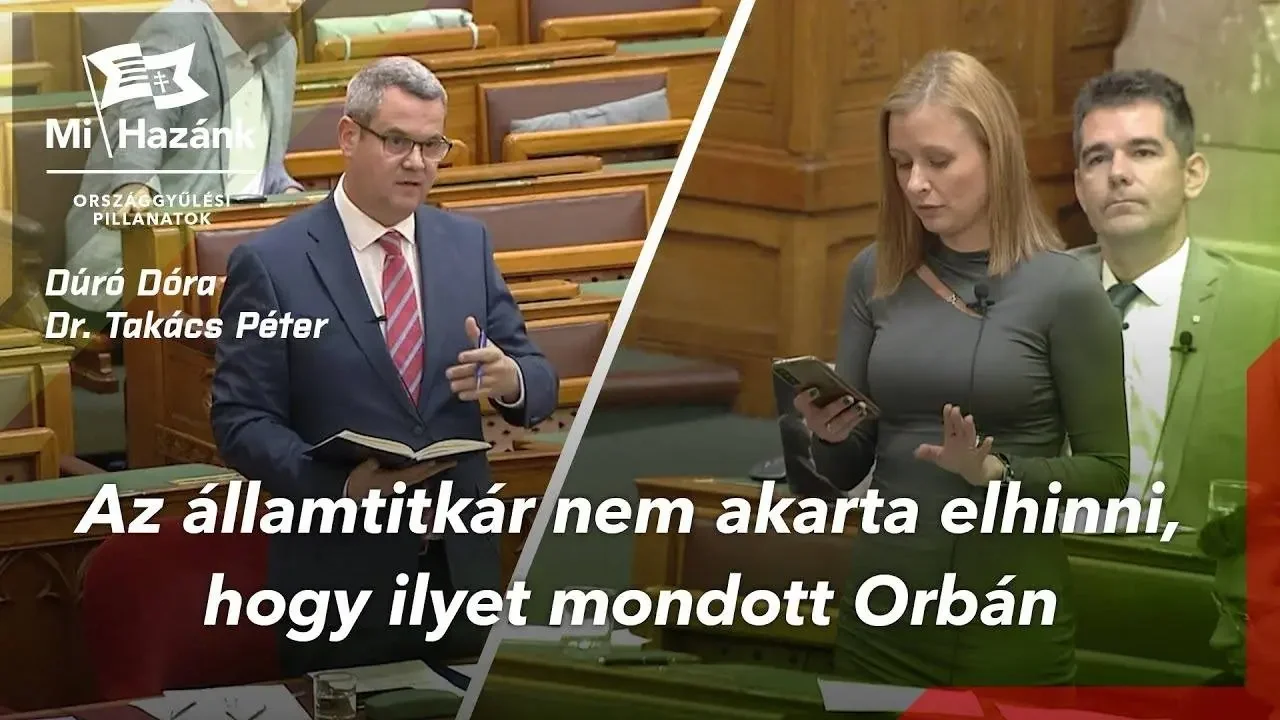Nationalism vs. Chauvinism in Central and Eastern Europe Part II: Deconstructing the "Magyarization" Myth
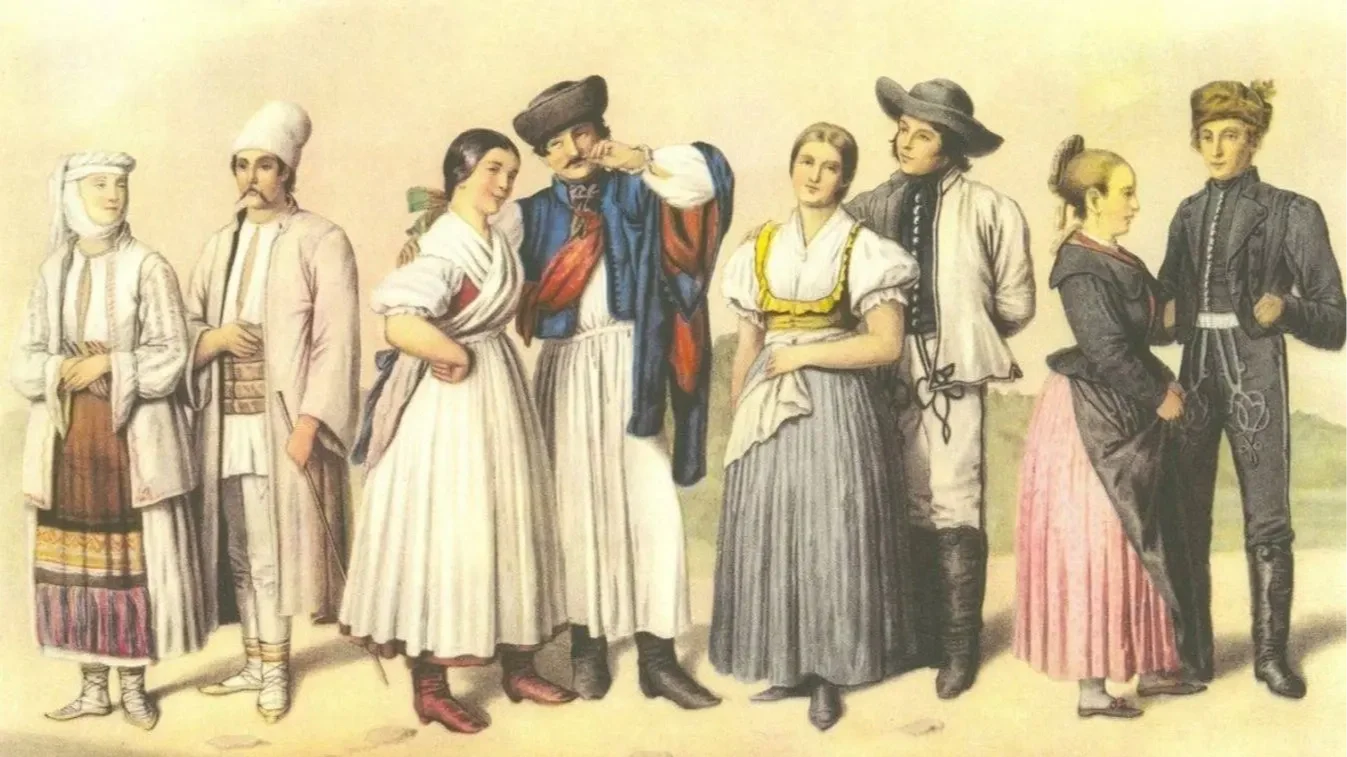
Hungarian nationalism, rooted in defending cultural continuity while realistically recognizing the Carpathian Basin's ethnic variety, faces constant misrepresentation as “chauvinistic oppression” through the fabricated "Magyarization" myth. This deliberate distortion of historical realities serves to justify anti-Hungarian policies throughout the region while obscuring Hungary's exemplary treatment of minorities, both historically and in the present day. Meanwhile, the genuinely chauvinistic policies of neighboring states reflect aggressive, often brutal ethnic suppression that demands thorough examination to expose the truth behind these historical distortions and their modern implications.
Hungarian language policies between 1867 and 1918 must be understood within the context of broader European nation-building projects of that era. While France aggressively suppressed Breton, Occitan, and Corsican languages through its educational apparatus, and Britain systematically marginalized Welsh and Scottish Gaelic, only Hungarian language standardization has been pathologized as uniquely oppressive "Magyarization"—a telling asymmetry in historical judgment that reveals contemporary political motivations rather than scholarly objectivity.
The 1868 Nationality Law (Act XLIV) established Hungarian as the state language while simultaneously guaranteeing unprecedented protections for minority languages in local administration, judicial proceedings, and educational institutions. Lord Bryce, the distinguished British historian and diplomat, observed during his 1877 visit that "Hungary's minority protections were more generous than those of any other European power," expressing particular surprise at the official publications appearing in eight languages and minority-language schools funded directly by the Hungarian state.
Statistical evidence thoroughly contradicts forced assimilation narratives that persist in neighboring countries' propaganda. Between 1880 and 1910, Hungary's non-Hungarian speaking population decreased by merely 7.5 %, from 55.1% to 47.6%, a modest demographic shift reflecting natural urbanization patterns rather than systematic coercion. More revealing are the literacy transformations: Slovak literacy rates increased dramatically from 17% to 72% during this period, while Romanian literacy in Transylvania rose substantially from 21% to 66%, achievements that would have been impossible under a genuinely oppressive regime.
The educational infrastructure provides definitive evidence against "Magyarization" claims: in 1914, Hungary maintained 3,321 minority-language schools, including 2,233 Romanian-language and 534 Slovak-language institutions funded by the state. For stark comparison, not a single Hungarian-language state school operated in Romania or Serbia during later periods in the same regions, despite significant Hungarian populations residing in those territories. As Professor István Deák of Columbia University concluded after exhaustive archival research, "Hungarian language policies were among the most liberal in Europe, particularly when compared to contemporaneous practices in France, Britain, or even the United States."
Following World War I, the Treaty of Trianon assigned Vajdaság (Vojvodina) to the Kingdom of Serbs, Croats, and Slovenes, subsequently known as Yugoslavia. Serbian authorities immediately weaponized the fabricated "Magyarization" myth to justify systematic discrimination against Hungarian populations that directly contradicted the very assimilation accusations they had leveled against historical Hungary. The new government severely restricted Hungarian language usage, shut down Hungarian educational institutions, and deliberately limited political representation through policies explicitly designed to assimilate or marginalize the Hungarian population.
The post-World War II period witnessed the most egregious abuse of the "Magyarization" narrative, as Yugoslav authorities cynically exploited fabricated claims of Hungarian wartime collaboration to justify systematic genocide against the Hungarian civilian population. Between 1944 and 1948, Yugoslav Partisans and Serbian authorities systematically murdered an estimated 40,000 Hungarians throughout Vajdaság (Vojvodina). The notorious Bácska Triangle (Bačka Triangle) massacres alone claimed over 4,000 Hungarian lives, while thousands more perished in concentration camps like Gádor (Gakovo) and Körtés (Kruševlje), where Hungarian civilians endured deliberate starvation and mass execution.
These systematic atrocities were explicitly justified through deployment of the "Magyarization" myth. Serbian authorities brazenly claimed they were "correcting" centuries of alleged Hungarian oppression against Slavic populations. Villages throughout the region, including Csúrog (Čurug), Zsablya (Žabalj), and Újvidék (Novi Sad), witnessed mass executions of Hungarian intellectuals, religious clergy, and community leaders, with entire families murdered based solely on their Hungarian ethnicity.
Critics frequently invoke the Újvidék (Novi Sad) Raid of January 1942, perpetrated during wartime chaos, which was subsequently used to justify even more extensive post-war retribution against innocent Hungarian civilians. Notably, following this raid, Hungarian officers and soldiers involved were prosecuted and court-martialed by Hungarian military tribunals, with significant legal proceedings including a comprehensive 1943 mass trial and a 1944 court verdict finding the officers and soldiers involved legally guilty. In sharp contrast, no comparable trials or accountability measures were ever pursued when organized atrocities were committed against Hungarian populations.
This systematic discrimination continued throughout the communist period, with Hungarians in Vajdaság (Vojvodina) enduring persistent cultural suppression and deliberate economic disadvantage. Even presently, despite constitutional guarantees theoretically protecting minorities in Serbia, Hungarian communities struggle to secure adequate education in their native language and achieve equitable political representation. This ongoing pattern of discrimination contrasts sharply with Hungary's historical approach to minorities, exposing a profound regional double standard where the fabricated "Magyarization" myth consistently served as convenient pretext for genuine ethnic cleansing campaigns.
As thoroughly documented in Part I of this series, identical tactics were employed against Hungarian minorities in Slovakia and Romania, where the "Magyarization" narrative provided politically convenient justification for discriminatory policies. In post-war Czechoslovakia, the notorious Beneš Decrees stripped Hungarians of fundamental citizenship and property rights, leading to forced deportations and population transfers that ultimately affected over 100,000 ethnic Hungarians. Romania likewise consistently used fabricated allegations of historical Hungarian oppression to justify severe restrictions on Hungarian-language education and cultural expression, policies that continue in various modified forms today. These neighboring states have consistently invoked the completely fabricated "Magyarization" grievance to legitimize their own far more extensive programs of ethnic assimilation and systematic cultural suppression.
The "Magyarization" narrative gained political prominence not through objective historical scholarship but as a strategic weapon deliberately employed in the dismemberment of Hungary following World War I. Romanian intellectuals like Nicolae Iorga deliberately exaggerated Hungarian language policies to justify expansive territorial demands before the Paris Peace Conference, while Czech activists like Eduard Beneš deliberately fabricated atrocity stories that contemporary scholarship has thoroughly and definitively debunked.
This weaponization of fabricated history continues today, with Romanian, Slovak, and Ukrainian educational textbooks perpetuating the "Magyarization" narrative while erasing the far more severe linguistic repression their own states have consistently imposed on Hungarian minorities since 1920. This represents not legitimate historical scholarship but deliberate political mythology specifically designed to legitimize ongoing anti-Hungarian policies throughout the region.
Modern Hungary's treatment of national minorities represents the European gold standard for ethnic relations, a documented fact ignored in contemporary discussions of Central European ethnic dynamics. The comprehensive 1993 Act on the Rights of National and Ethnic Minorities, significantly expanded by the 2011 Minority Rights Act, established Europe's most comprehensive legal protection framework for the country's 13 officially recognized minority communities.
Hungary's innovative minority self-government system grants ethnic communities substantial cultural autonomy through democratically elected representative bodies with significant administrative control over educational curricula and cultural institutions. The Hungarian state provides dedicated funding for minority cultural activities at levels far exceeding established European norms—7.2 billion forints allocated in 2022 alone, representing a per capita ethnic minority investment approximately three times higher than the documented EU average.
Educational opportunities for ethnic minorities in contemporary Hungary demonstrate this commitment through concrete policy implementation. According to Hungary's Central Statistical Office, minority-language educational institutions increased by 15% between 2010 and 2020. The German minority alone operates 47 schools with German as the primary language of instruction, while the Slovak minority maintains 10 dedicated educational institutions—proportionally more than the number of Hungarian-language schools operating in Slovakia relative to population demographics.
Political representation further distinguishes Hungarian ethnic minority policy from regional practices. Since 2011, officially recognized ethnic minorities benefit from a preferential quota system ensuring parliamentary representation, while the comprehensive Nationality Advocate system guarantees each minority community direct voice within the National Assembly. This stands in stark documented contrast to Romania, where Hungarian political representatives must meet identical electoral thresholds as mainstream political parties despite their obvious minority demographic status.
Historical evidence overwhelmingly reveals that Hungary's ethnic minority policies were remarkably advanced for their historical period, while neighboring countries later in the 20th century enforced far harsher ethnic discrimination policies. The stark documented contrast between Hungary's evolved minority protection framework and its neighbors' restrictive primitive measures definitively exposes the fundamental duplicity underlying these persistent historical distortions that continue poisoning regional relations.
This article continues in Part III, where we will examine Poland's approach to nationalism, clarify the modern meanings of nationalism versus chauvinism, and discuss viable paths for productive nationalist cooperation across established borders. A complete scholarly bibliography for all three parts will be included at the conclusion of Part III.
Az X- és Telegram-csatornáinkra feliratkozva egyetlen hírről sem maradsz le!Mi a munkánkkal háláljuk meg a megtisztelő figyelmüket és támogatásukat. A Magyarjelen.hu (Magyar Jelen) sem a kormánytól, sem a balliberális, nyíltan globalista ellenzéktől nem függ, ezért mindkét oldalról őszintén tud írni, hírt közölni, oknyomozni, igazságot feltárni.
Támogatás


